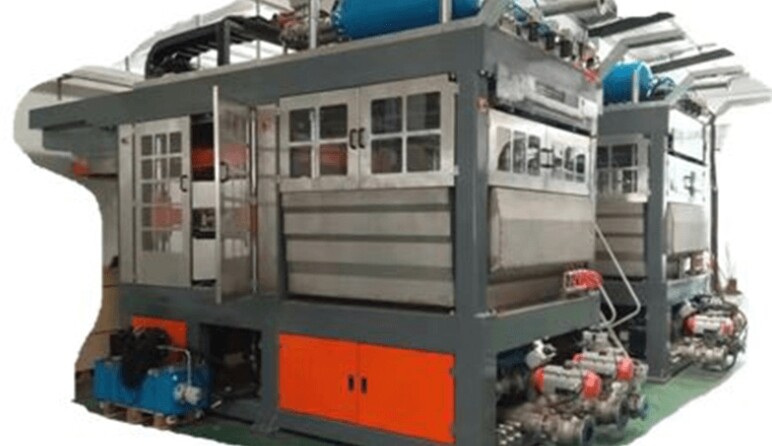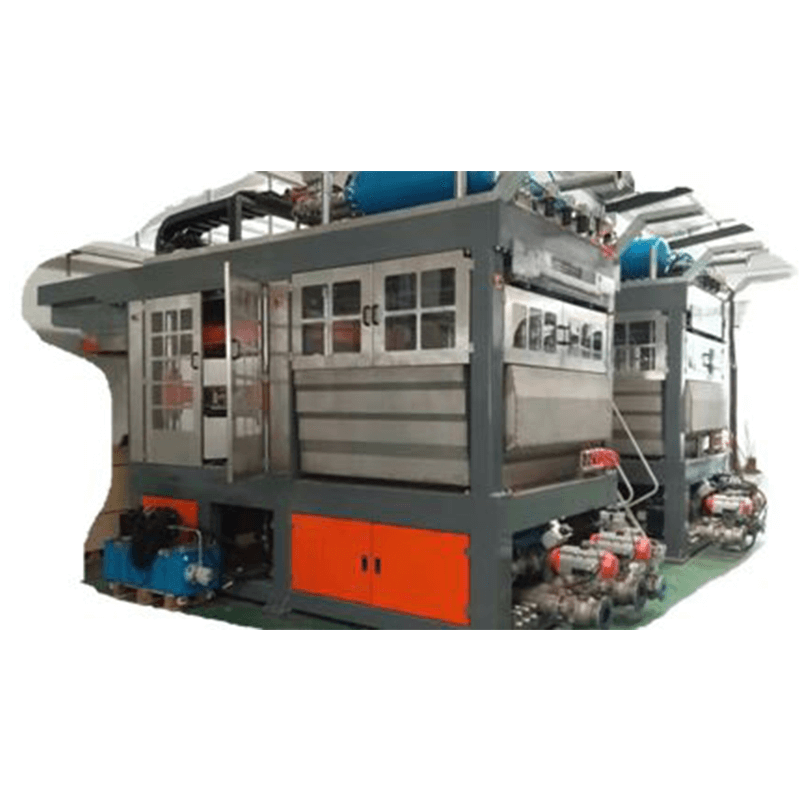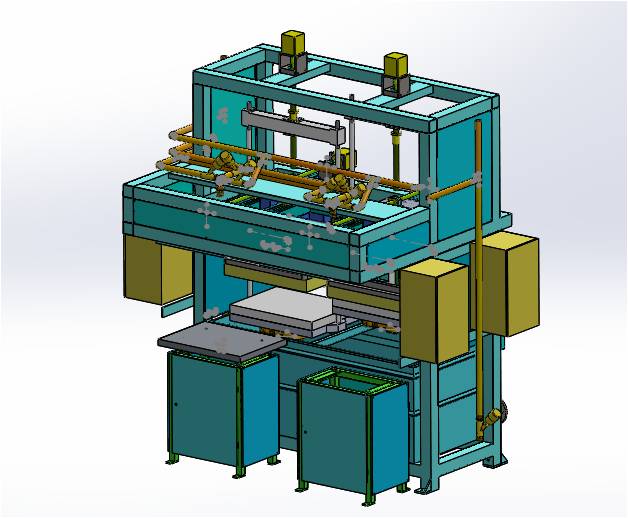The integration of automated packing machinery has become a cornerstone for enhancing operational efficiency and staying competitive. Transitioning from manual packing processes to automated solutions presents a myriad of advantages that change productivity, quality, and overall business success.
1. Increased Efficiency and Productivity
Streamlined Operations: Automated packing machinery significantly reduces the time required for packaging tasks. It operates consistently and swiftly, minimizing human errors and increasing output rates.
Higher Throughput: With automated systems, companies experience a notable increase in throughput and production rates, allowing them to meet growing demands efficiently.
2. Improved Accuracy and Consistency
Precision in Packaging: Automation ensures a high level of accuracy in packaging processes. It reduces variability, resulting in consistently packaged products that meet quality standards.
Reduced Error Margin: By eliminating the reliance on manual labor, automated systems mitigate the risk of errors caused by fatigue or inconsistent human performance.
3. Cost Efficiency and Resource Optimization
Labor Savings: Automation reduces the need for a large manual labor force, saving on labor costs in the long term.
Resource Optimization: Automated packing machinery optimizes the use of resources such as materials and energy, contributing to cost savings and environmental sustainability.
4. Flexibility and Adaptability
Customization Capabilities: Many automated systems offer flexibility in adapting to different packaging requirements, allowing for swift adjustments in packaging formats and sizes.
Scalability: These systems can be easily scaled to accommodate increased production needs without compromising efficiency or quality.
5. Enhanced Safety Standards
Risk Mitigation: Automated machinery minimizes direct human interaction with potentially hazardous packaging equipment, reducing the risk of workplace accidents.
Compliance with Regulations: Implementing automated systems assists companies in meeting stringent safety and regulatory standards, ensuring a safer working environment.
6. Data Analytics and Quality Control
Real-time Monitoring: Automated systems often come equipped with data collection capabilities, allowing for real-time monitoring of production metrics and quality control parameters.
Predictive Maintenance: Utilizing data analytics enables predictive maintenance, preventing unexpected breakdowns and optimizing machine uptime.
7. Competitive Edge and Customer Satisfaction
Market Competitiveness: Companies embracing automation gain a competitive edge by delivering products faster, more accurately, and at competitive prices.
Improved Customer Experience: Enhanced efficiency translates to quicker order fulfillment and consistent product quality, leading to heightened customer satisfaction and loyalty.
In conclusion, the transition from manual to automatic packing machinery marks a pivotal shift in industrial operations. The adoption of automated solutions not only optimizes efficiency and productivity but also ensures higher quality, cost savings, and compliance with evolving industry standards. Embracing automation is not merely a choice for modern businesses but a strategic imperative to thrive in a dynamic and competitive market.











